Summary
- Mini PCs and NUCs offer big potential in a small form factor.
- These systems are nice and affordable for most homelab tasks.
- Mini PCs have enough power to handle real workloads, are typically user-upgradable, and are ideal for learning and tinkering.
If you don’t have room (or the budget) for massive servers to run your homelab, then a mini PC or NUC might be the best choice for you. These compact systems might be tiny in footprint, but pack plenty of power to handle most homelab tasks with ease.
Small Form Factor, Big Potential
While bigger is occasionally better, sometimes the best route is to simply go smaller.
My homelab is full of big machines. I have rack-mount servers that have lots of cores, lots of RAM, and generate lots of heat. The thing is, one of my servers is entirely unnecessary and could easily be replaced by a smaller, more powerful, and lower power draw machine.
You see, a NUC or mini PC can be picked up for relatively cheap, either brand-new, second-hand, or even refurbished. Most homelab tasks don’t require 40 cores or 192GB of RAM. That’s where opting for a mini PC or NUC (or even a few of each) comes in.
Not only are these compact systems affordable, but they’re simply tiny. My servers are around 30 inches deep and 20 inches wide, make a ton of noise, and use quite a lot of power. A NUC or mini PC is ultra-small, extremely quiet (if not silent), and ultra powerful.
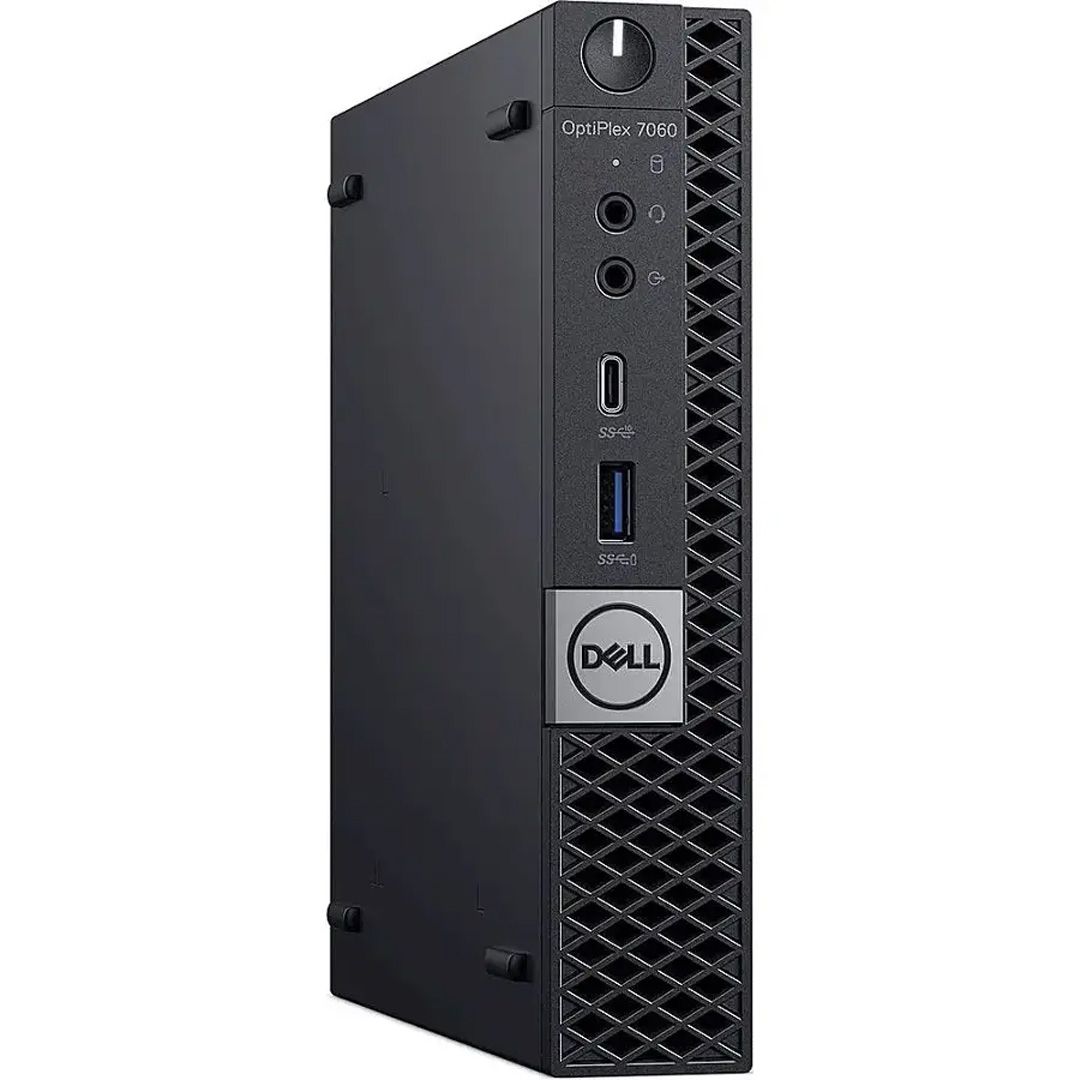
Dell OptiPlex 7060
The Dell OptiPlex 7060 mini desktop PC is a great choice to run your homelab or office. It features an 8th Generation i5 processor, which allows it to run Windows 11 Pro out of the box. It ships with 16GB of DDR4 RAM and a 256GB SSD, as well as being user-serviceable if you want to upgrade it in the future.
Another great aspect of mini PCs and NUCs is that they’re typically user-upgradable. While you might buy a system with 24GB of RAM and 128GB of NVMe storage, it’s typically a simple process to upgrade that.
Some models even offer a PCIe slot so you can add extra functions, like more storage, faster networking, or even a low-profile graphics card.
I’m actually personally looking to replace my Dell R720 with one (or a few) mini PCs in the future. I love how powerful these compact systems are, and for running the applications side of my workload, they’re honestly ideal.
Powerful Enough for Real Homelab Workloads
Modern NUCs and mini PCs actually pack a pretty big punch. You can get models that come with Core Ultra 9 processors and up to 96GB of DDR5 RAM, or models as low as an Intel’s N-series processors with 16GB of RAM.
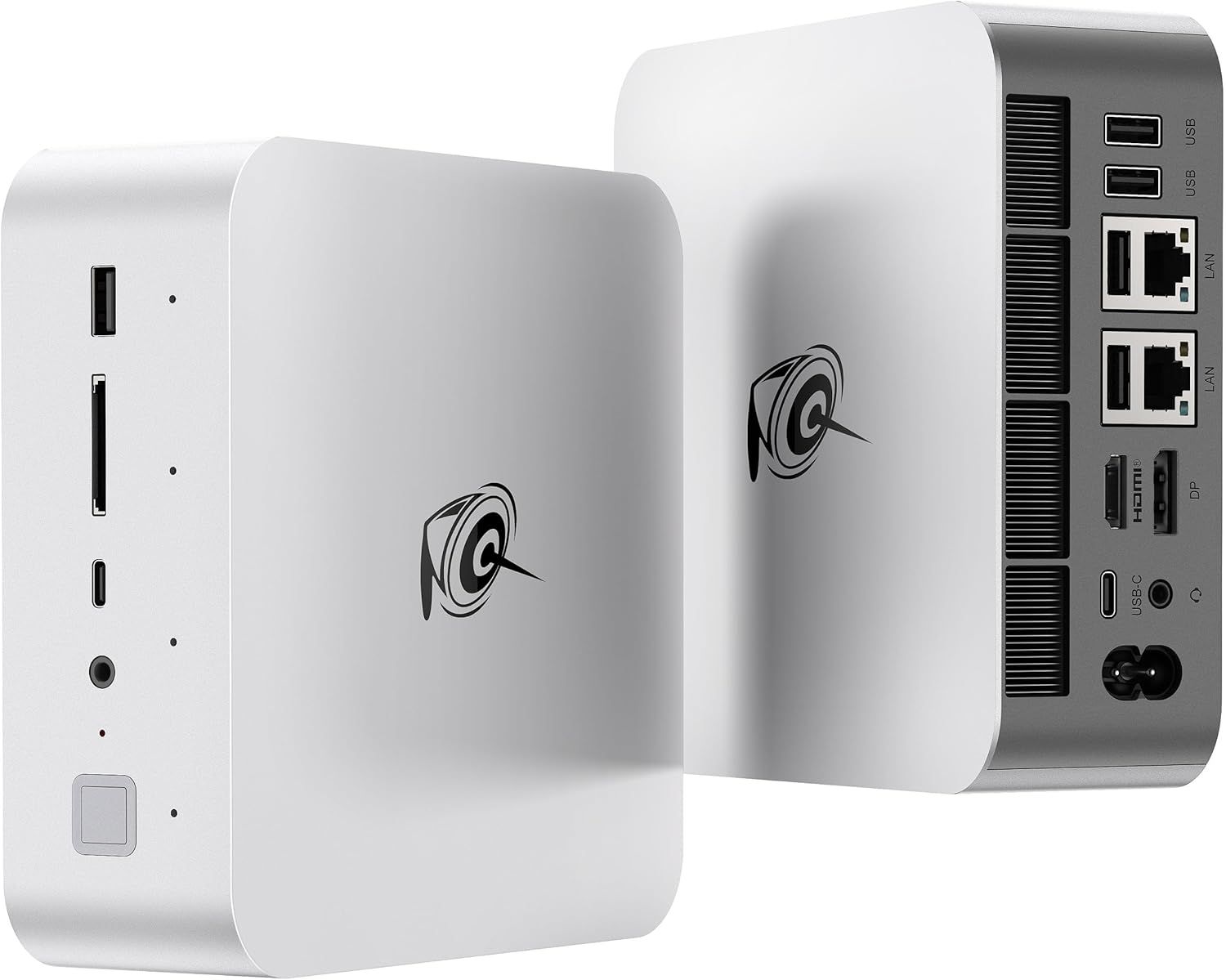
Beelink GTi14 Mini PC
The Beelink GTi14 Mini PC is a high-powered compact desktop computer. With the Intel Core Ultra 9 185H processor, which features 16 cores, 22 threads, and a 5.1GHz clock speed, there’s more than enough power to handle your daily workflow tasks here. It ships with 32GB of DDR5 RAM, but is user-upgradable to 96GB if you need more. It also includes a 1TB PCIe 4.0 NVMe SSD inside, which can be replaced if you need additional storage.
Whether you’re buying new or old systems, there’s typically plenty of power to run a majority of software that you’ll need in your homelab.
Some services, like certain game servers, can sometimes need a lot of resources. Ark: Survival Evolved, for example, needs 16GB of RAM just for itself. So you’re not going to be running that on a system with little resources.
However, for Minecraft servers, Calibre, Plex, web services, and more, you can safely go with even a few year old mini PC and be happy. Newer systems are nicer, sure, but not necessary.
Just make sure that the system you buy will meet your needs. If you’re looking for more budget-friendly, used mini PCs, Facebook Marketplace is a fantastic place to look. I routinely find older Dell, Lenovo, or HP mini PCs on there for around $50 each that have 6th Generation i5 processors or newer in them. While that won’t run Windows 11, it’ll run a Linux server just fine.
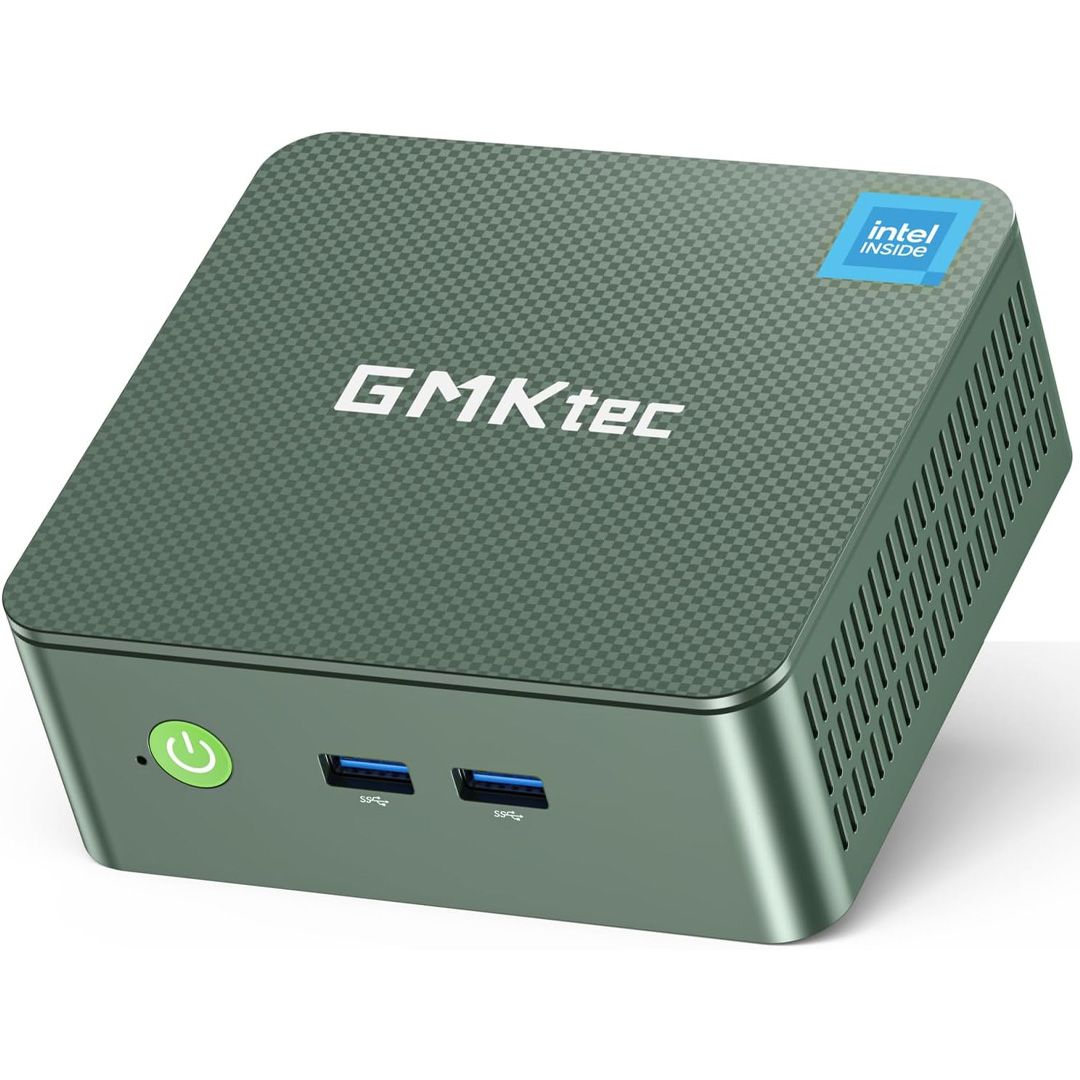
GMKtec G3 Plus
The GMKtec G3 Plus mini PC is perfect for those on a budget. With the Intel N150 quad-core 3.4GHz processor and 8GB of DDR4 RAM in tow, this compact system packs a punch for its price. You’ll also find a 256GB M.2 NVMe SSD inside, which is user-upgradable if you need more storage in the future. Not only does this system have enough power to run parts of your homelab, but it sips power, as the N150 is an extremely efficient processor.
Speaking of Plex, if the NUC or mini PC you get has Intel integrated graphics, it’ll even handle transcoding well without the need for a secondary graphics card. When using something like Docker as your application host, that iGPU can also be shared between different apps, like Scrypted or Frigate for AI detection. If the integrated graphics card isn’t enough, some mini PCs, like the Beelink GTi14, support external graphics card docks so you can supply your own GPU to use with the micro desktop.
Going with a mini PC or NUC is a step up from a Pi, and not a step-down from much in the power department. You’re truly able to get desktop-level power out of these compact systems, especially if you max one out.
Mini PCs and NUCs are Ideal for Learning, Tinkering, and Scaling
One of the best parts about going with a mini PC or NUC for your homelab is just how easy they are to use. It’s just a tiny computer, and doesn’t have the same issues going with a full-blown server does. My servers can give me a lot of headache from time to time, as they’re more picky on the hardware that goes inside. I had one server that wouldn’t boot because of a PCIe drive in it, that worked in other computers.
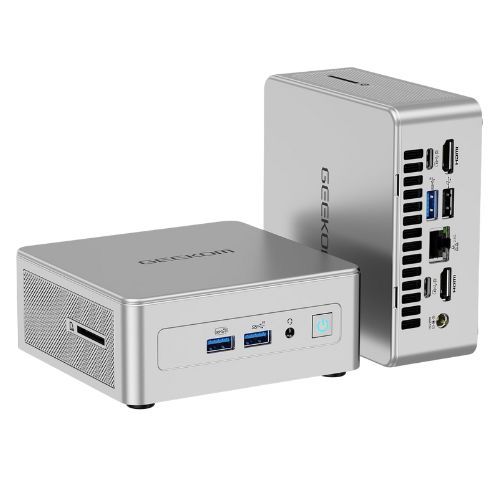
GEEKOM AE7 Mini PC
GEEKOM’s AE7 mini PC is a compact gaming computer that packs a lot of power into a surprisingly small case.
A mini PC or NUC is simply easy to use, easy to flash, and easy to maintain. You’re able to flash the OS with ease to try out different systems. Want to plug something in? Just do it. Need to maintenance it? You’re not having to pull out a 80-pound monster that’s nearly 3 feet long.
This makes learning, tinkering, and just working with NUCs and mini PCs that much easier. They’re also affordable. Brand-new mid-range NUCs typically cost around $250, and have plenty of power.

Beelink S13 PRO
The Beelink Mini S13 Pro desktop PC is a ultra-compact computer powered by the Intel N150 processor. Shipping with 16GB of DDR4 RAM and a 500GB SSD, this micro desktop is perfect for a variety of workloads. From running simple server programs to replacing your old PC, the Beelink S13 Pro is up to the task.
One of the reasons I’m looking at going with mini PCs in my homelab in the future is simply because of scaling. My current server setup takes up a lot of room, generates a lot of heat, and draws a lot of power.
Adding more servers to play with high availability just isn’t feasible right now. However, adding one or two more mini PCs would be negligible in heat output and power draw, but allow me to easily enter the realm of high availability.
If you’re buying a mini PC to run Linux on, which is what most homelabs use, then be sure to keep these five factors in mind. Once you’re up and running, here’s 10 of my favorite Docker containers that I think every homelab should be running.



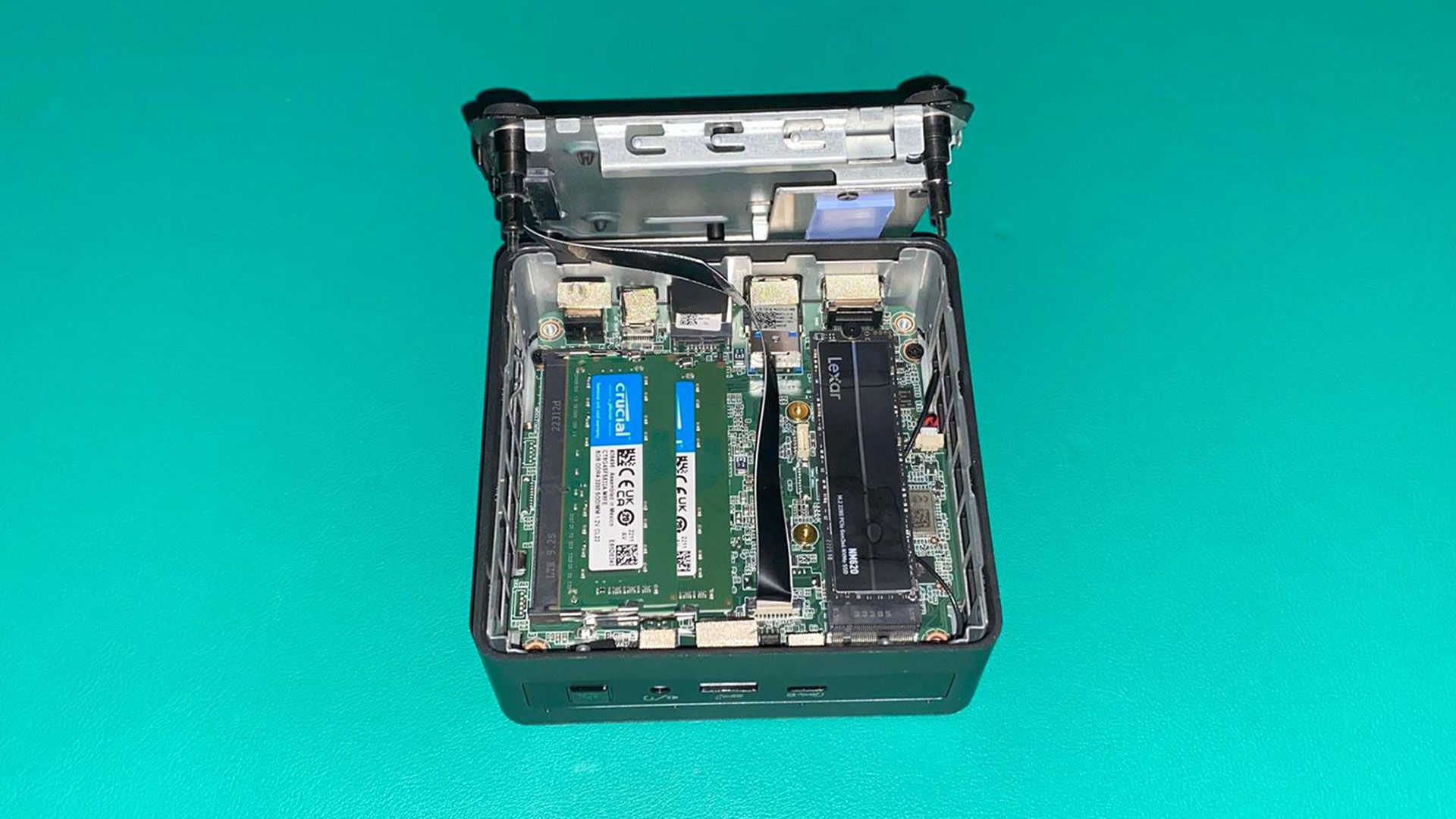
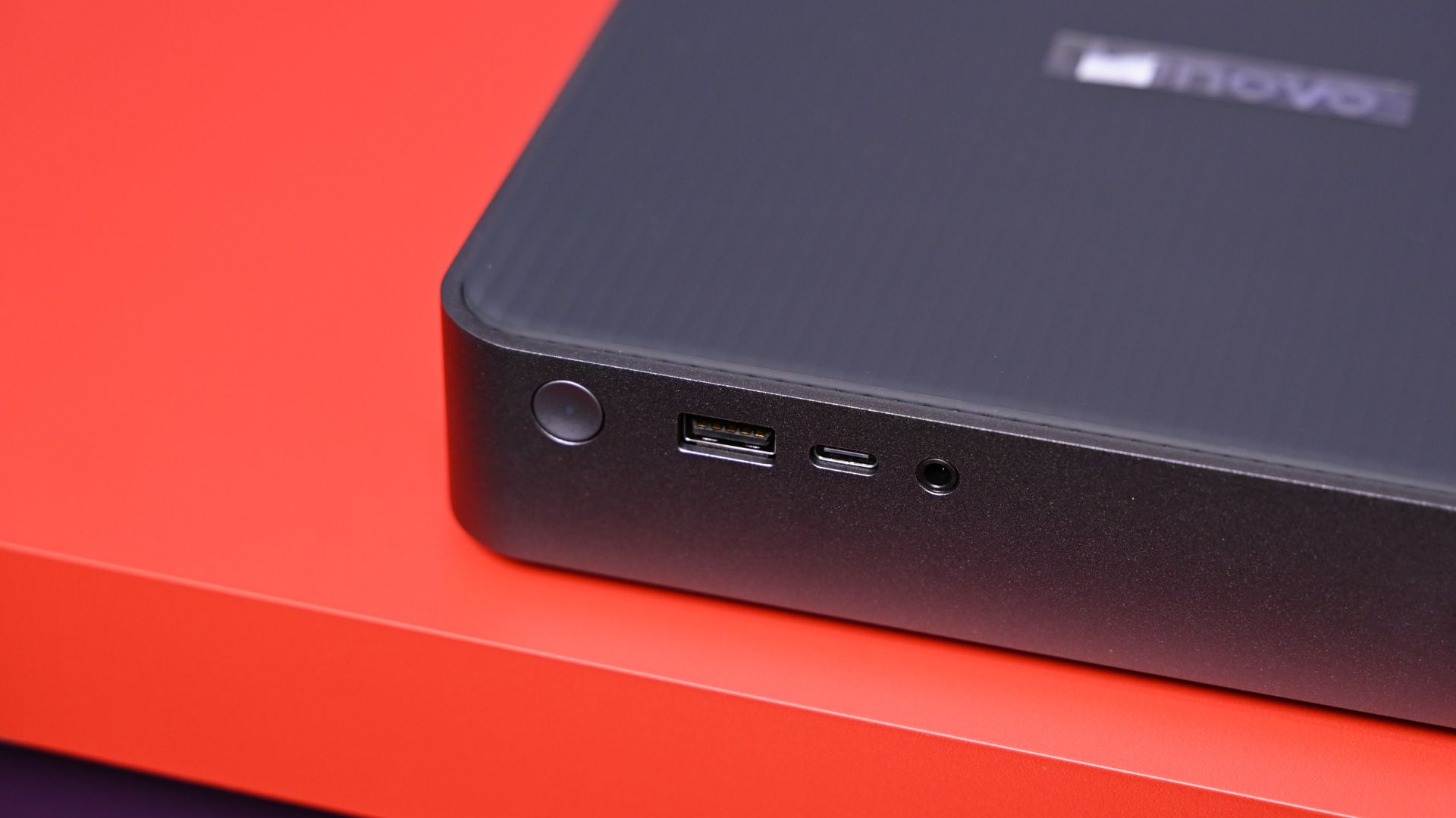
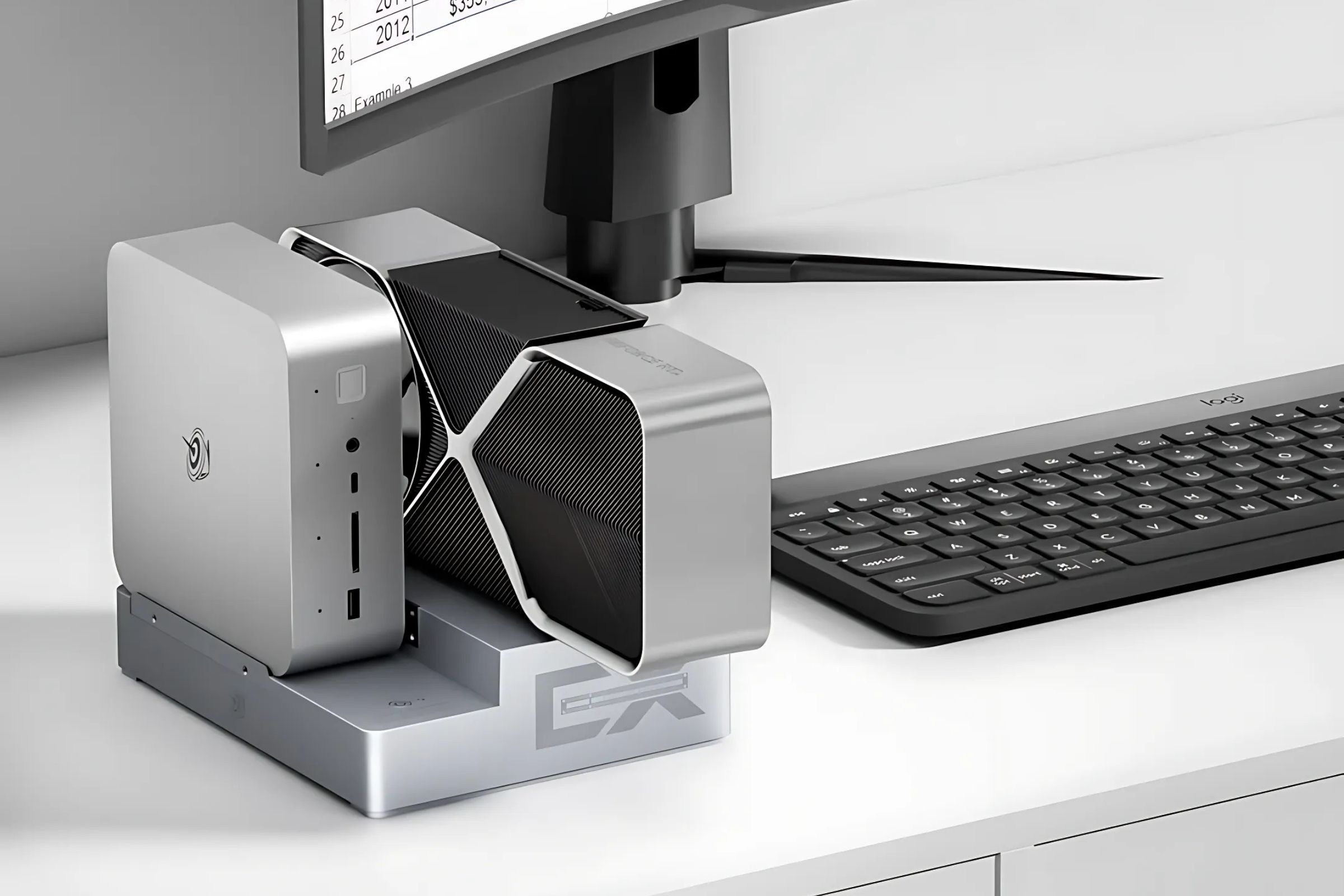





Leave a Comment
Your email address will not be published. Required fields are marked *